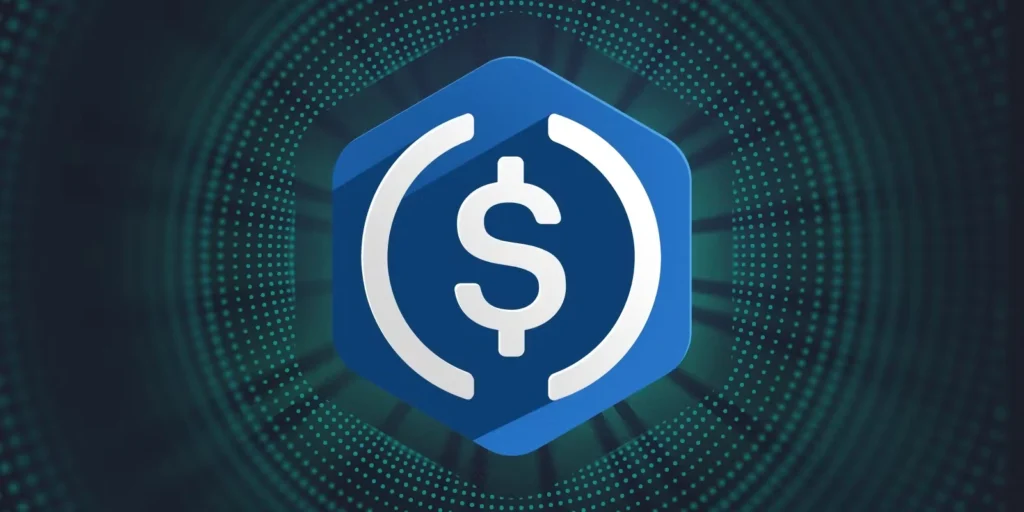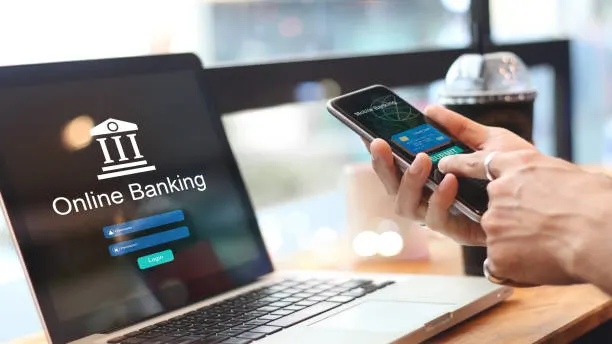How to Start Using Stablecoins in Thailand: A 2025 Beginner’s Guide
May 2, 2025

Stablecoin Thailand 2025: How Regular Thai Users Are Getting Involved—And How You Can Too
Stablecoin Thailand 2025 isn’t just for hardcore crypto traders anymore. In 2025, Thai investors, freelancers, and even small business owners are exploring stablecoins like USDT and USDC as a simple way to hold value, move money, and reduce exposure to a shaky economy.
If you’re curious but don’t know where to begin, don’t worry—you’re not alone. Here’s how Thai users are actually starting with stablecoins this year, without needing a tech background or deep financial know-how.

Credit from : Coin Market Cap
What’s the Appeal of Stablecoin Thailand 2025 Right Now?
To put it plainly, stablecoins offer something traditional banks don’t: flexibility.
Thailand’s post-pandemic economy hasn’t been the easiest to navigate. Inflation is still an issue, the baht has seen more fluctuations than people would like, and international business has become more common. In this context, stablecoins are starting to feel… surprisingly practical.
Rather than holding baht in a low-interest savings account, some are converting a portion into USDT or USDC—digital assets backed by the US dollar—to hedge against currency volatility or earn higher returns through crypto-based savings options.
It’s not about getting rich overnight anymore. It’s about control. About avoiding unnecessary fees. About accessing tools you can’t always find at your local bank branch.

Credit from : Swissborg
So How Do You Actually Start Using Stablecoins in Thailand?
Most Thai users begin with a local crypto exchange. The process isn’t much more complicated than signing up for online banking: create an account, verify your identity with your Thai ID and basic info, and transfer funds in from your Thai bank account—often via PromptPay.
Platforms like Bitkub, Satang, and others regulated by Thailand’s SEC now allow users to exchange baht directly into USDT or USDC. You don’t need to go through complicated international transfers anymore. That barrier? Gone.
Once you’ve purchased the stablecoins, you can keep them in your exchange account or move them to a digital wallet like Trust Wallet or MetaMask. People who want more control—or plan to explore DeFi tools—usually choose to transfer to a personal wallet. But if you’re just holding value short-term, leaving it on the exchange is fine, too (as long as you trust the platform).

What About the Legal Side of Things?
Here’s the good news: as of 2025, trading and holding stablecoins through regulated platforms is legal in Thailand. The country’s Securities and Exchange Commission (SEC) oversees these platforms, so if you’re using a licensed exchange, you’re on solid ground.
What’s not allowed, however, is using stablecoins for regular everyday payments. So no—your favorite café won’t be accepting Tether anytime soon. The government wants to protect the Thai baht as the official currency, which means stablecoins are fine for holding or investing—but not for buying coffee.
That said, the rules are evolving. As long as you stick to official channels and don’t try to use crypto as cash, you’re unlikely to run into any legal trouble.

Are They Safe to Use? Or Is This Just Another Crypto Hype?
It’s fair to ask. After all, “crypto” still carries that risky reputation.
But stablecoins aren’t like meme coins or pump-and-dump tokens. Coins like USDC and USDT are backed by dollar reserves (or similar assets), and they’re audited regularly—especially USDC, which has leaned hard into transparency.
Of course, no digital asset is completely without risk. Hacks can happen, exchange shutdowns are rare but real, and some DeFi platforms have failed in the past. But for most Thai users who are simply holding stablecoins or transferring them, the risk is no greater than any other online financial activity—provided they use regulated platforms and basic digital hygiene (e.g. don’t lose your wallet password).

So What Can You Actually Do With Stablecoins in 2025?
This is where things get interesting. Freelancers use them to get paid in USD without going through expensive currency conversion. Expats send money home instantly. Investors park some funds in USDC to earn yield through crypto savings protocols—rates that can still beat Thai banks, even in a bear market.
Even if you’re not actively earning in dollars or trading crypto, just having a portion of your savings in stablecoins can offer peace of mind—especially when the baht’s not behaving the way you’d like.
And yes, even some traditional investors are testing the waters now. Why? Because for once, the onboarding doesn’t feel like a maze. It’s accessible. It’s fast. And it’s starting to feel… normal.
Final Word: Stablecoin Thailand 2025 Is Quietly Becoming the New Normal
Stablecoins aren’t just a fad in Thailand anymore. They’re tools—ones that solve real problems for real people. Whether you’re looking for currency stability, better control over your money, or simply a faster way to move funds, USDT and USDC are opening new doors.
Start small. Use trusted platforms. And don’t feel pressured to dive into the deep end. The key in 2025 is understanding your options—and for many Thai users, stablecoins are now a viable one.

